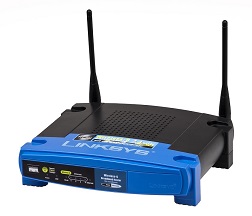The range of Wi-Fi can vary significantly depending on several factors, such as the power output of the access point, the type of antenna, frequency band, interference, beamforming support, and the sensitivity of the device's chipset.
General Range Estimates:
- 2.4GHz: This frequency has better penetration through walls and is commonly used for longer-range connections. In optimal conditions, it typically provides a range of around 20 meters (60 feet) indoors.
- 5GHz: While offering faster speeds, the 5GHz frequency has a shorter range due to its difficulty penetrating walls. Its typical indoor range is about 15 meters (45 feet).
Factors Affecting Wi-Fi Range:
- Power Output: Portable devices generally have a shorter range of about 10 meters due to their lower output power. High-powered commercial and premium routers, tend to have a greater range compared to standard routers, but exact distances depend on the model.
- Antennas: Devices with external antennas usually offer a better range than those with internal antennas, though the difference may not be dramatic. You can also adjust the antenna angle or position to improve coverage.
- Beamforming technology: which directs the signal toward connected devices, can enhance the range and signal strength, especially on 5GHz networks.
- Interference: Wi-Fi signals are prone to interference from other wireless networks, physical obstructions, and devices like microwaves or cordless phones.
2.4GHz vs. 5GHz:
- 2.4GHz provides better range due to its ability to penetrate walls but may suffer more from interference due to congestion.
- 5GHz is better for faster speeds but typically has a shorter range and poorer performance when obstructed by walls.
